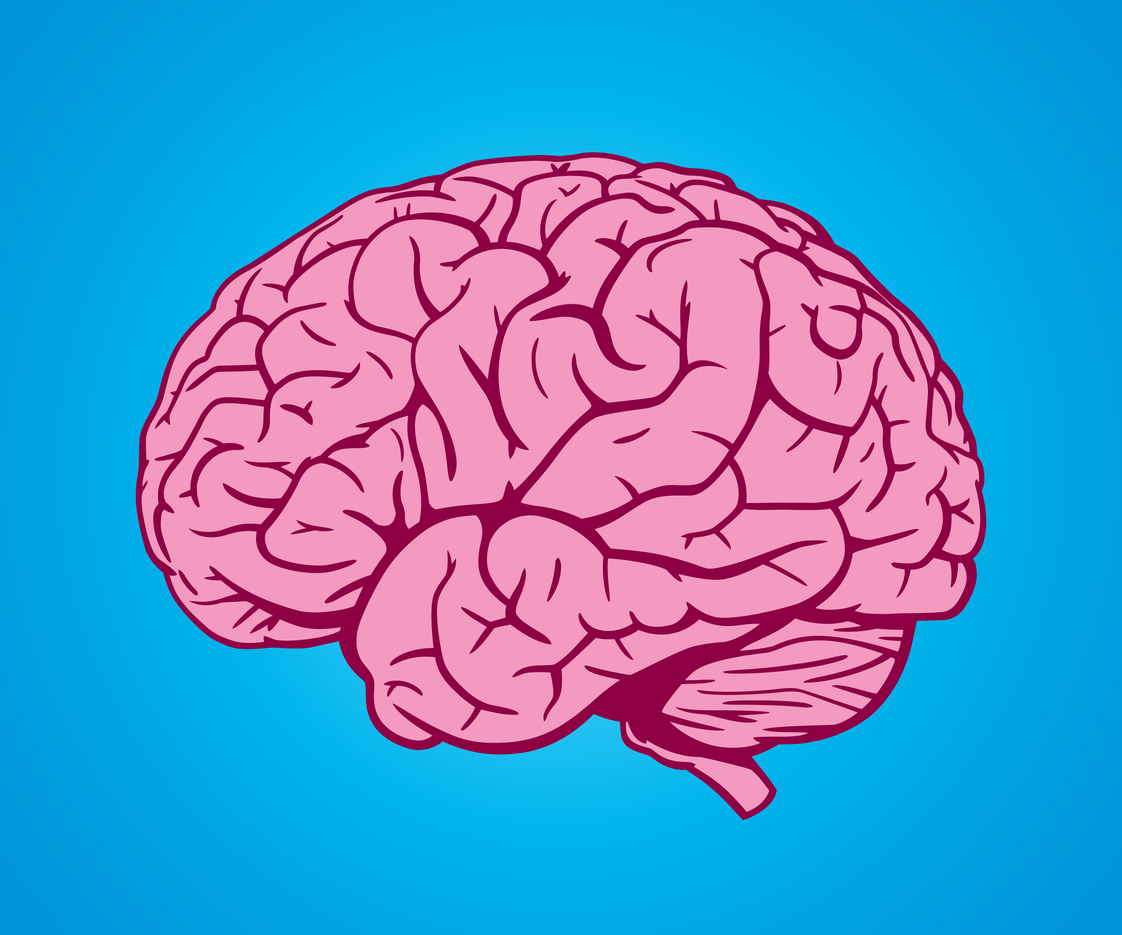Breaking News Dispatch: Alzheimer’s Drug Breakthroughs and Care Access Tools
Read the top headlines in Alzheimer’s clinical trials and healthcare platforms.



Read the top headlines in Alzheimer’s clinical trials and healthcare platforms.

Filling an unmet need for Alzheimer’s disease treatments was among the top headlines to come out of the International Alzheimer’s and Parkinson’s Diseases and Related Neurological Disorders (AD/PD)™ conference last week in Vienna, Austria. Several new studies and digital tools highlighted progress for individuals at high genetic risk and those facing barriers to diagnosis and care.
Read on to discover the latest therapies coming down the pipeline and a platform for easier access to Alzheimer’s care.
 Non-Invasive Therapy Slows Cognitive Decline in Phase II Trial
Non-Invasive Therapy Slows Cognitive Decline in Phase II Trial Drug developer Alzheon presented new results from its Phase 3 clinical trial of ALZ-801, an oral treatment for people with a high genetic risk for Alzheimer’s. The trial showed encouraging effects on brain health and memory in individuals with mild cognitive impairment and two copies of the APOE4 gene—a group that is often unable to take currently available Alzheimer’s drugs due to safety concerns. This is the first interventional Alzheimer’s drug trial focused on high-risk APOE4/4 individuals.
“Serious hurdles remain with currently available anti-amyloid disease-modifying treatments, including appropriate patient identification, safety monitoring, access, and cost-effectiveness. Due to safety concerns and restrictions, these therapies are not optimal for APOE4/4 homozygotes, the most vulnerable Alzheimer’s patient population,” the company said in a statement.
Read more about APOE4 and Alzheimer’s disease.
 Expanding Access to Alzheimer’s Care
Expanding Access to Alzheimer’s Care Eli Lilly announced the expansion of its LillyDirect platform to help people in the U.S. access timely care for Alzheimer’s disease, especially in areas where specialists are hard to find. The platform now includes tools to connect individuals with memory concerns to independent in-person and telehealth providers, such as Synapticure and Healthgrades, which specialize in diagnosing and managing Alzheimer’s. These services aim to reduce the long wait times many people face—often more than a year—to receive an accurate diagnosis.
This expanded platform offers support from care navigators, neurologists, and educational resources to guide patients and families through the next steps. The goal is to empower people to take action sooner, when treatments may have the greatest impact.
“We know that early diagnosis and care can make a big difference for people living with Alzheimer’s disease. By expanding this platform, we hope to help patients identify and access additional independent specialty care capacity, which can coordinate with a patient’s existing care team,” David Hyman, MD, Lilly’s chief medical officer, said in a statement.
Learn more about Alzheimer’s diagnosis and testing.
 New Research for People Carrying an Alzheimer’s Risk Gene
New Research for People Carrying an Alzheimer’s Risk GeneAn oral drug in development by Annovis Bio, called buntanetap, showed positive outcomes for APOE4 carriers in a new Phase 2/3 clinical trial.
Buntanetap is unique in that it targets the production of several toxic proteins in the brain. That means it can potentially act against disease-associated proteins in Alzheimer’s, like amyloid-beta and tau, and those in other neurodegenerative disorders like Parkinson’s disease.
“We are at a pivotal moment in our company’s journey as we have entered the late clinical stages for both Alzheimer’s and Parkinson’s. It is incredibly rewarding to see our work bring us here, once again supporting that our drug is efficacious and safe across both indications,” Maria Maccecchini, PhD, founder and CEO of Annovis, said in a statement.
Learn more about the similarities and differences between Alzheimer’s and Parkinson’s.

Novo Nordisk’s Lotte Bjerre Knudsen laid out the rationale and current evidence for the use of Ozempic-like drugs in neurodegenerative disease. Researchers are awaiting clinical trial findings from the EVOKE study examining the use of such a drug in early Alzheimer’s disease, expected to release later this year.

Genentech and Roche presented findings from their Phase Ib/IIa Brainshuttle™ AD study on investigational therapy trontinemab. They expect to launch a Phase III trial later this year.
View Alzheimer’s disease resources and learn more about the innovative research funded by BrightFocus Foundation’s Alzheimer’s Disease Research program.
Did you miss our previous Breaking News Dispatches from top Alzheimer’s and dementia conferences? Catch up here.
This Breaking News Dispatch is supported by educational funding from Eli Lilly & Company.
BrightFocus Foundation is a premier global nonprofit funder of research to defeat Alzheimer’s, macular degeneration, and glaucoma. Through its flagship research programs — Alzheimer’s Disease Research, Macular Degeneration Research, and National Glaucoma Research— the Foundation has awarded nearly $300 million in groundbreaking research funding over the past 51 years and shares the latest research findings, expert information, and resources to empower the millions impacted by these devastating diseases. Learn more at brightfocus.org.
Disclaimer: The information provided here is a public service of BrightFocus Foundation and is not intended to constitute medical advice. Please consult your physician for personalized medical, dietary, and/or exercise advice. Any medications or supplements should only be taken under medical supervision. BrightFocus Foundation does not endorse any medical products or therapies.
